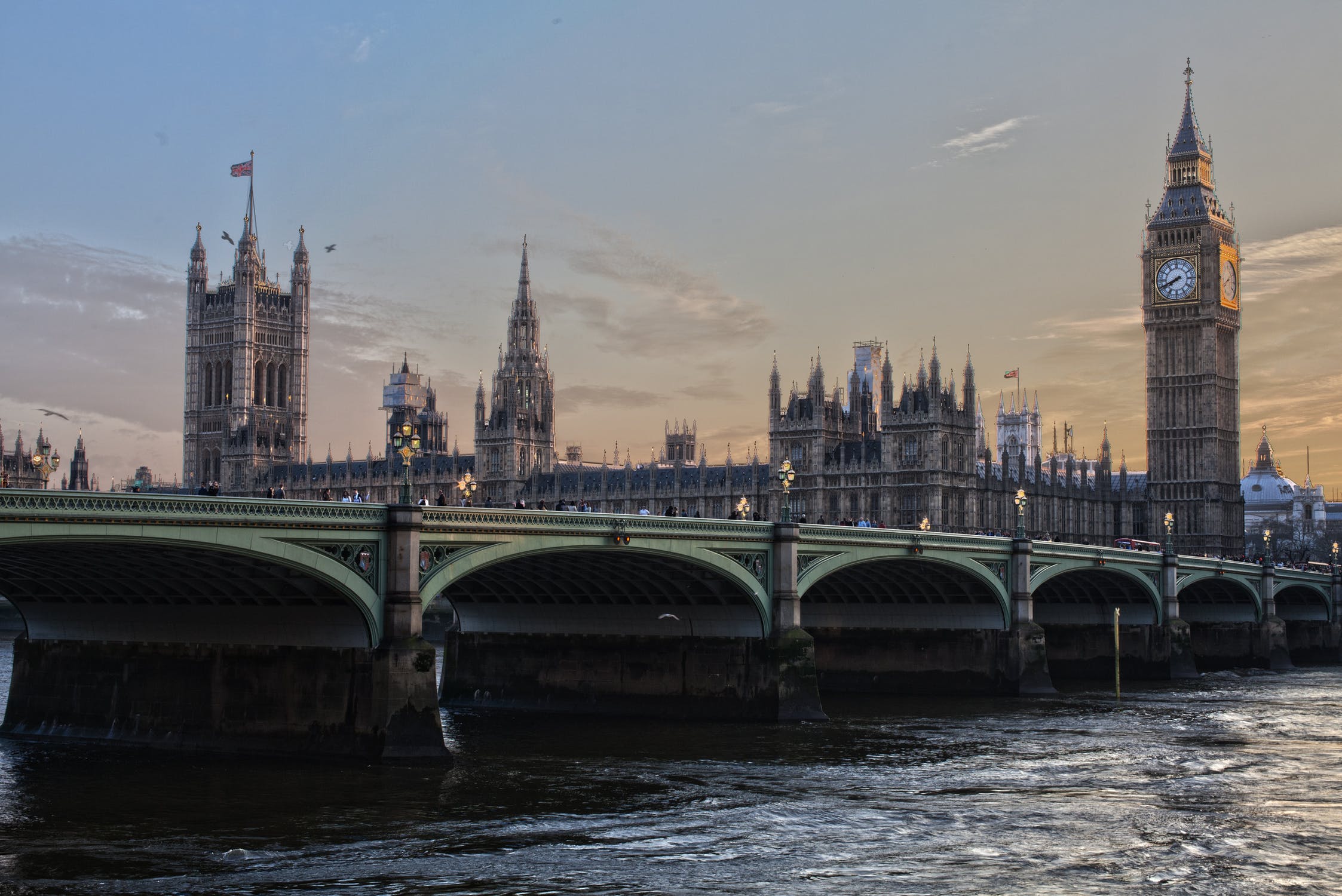A single flat-rate of tax relief could help boost self-employed pensions and see 75 per cent of pension savers better off, the Royal Society of Arts (RSA) has said.
A new report Venturing to retire, published by the RSA today, 18 April 2018, proposes the removal of the existing multi-tiered tax relief system, with the introduction a new single flat-rate tax relief or ‘tax bonus’ worth 30 per cent.
“Our modelling suggests that a single tax bonus set at this rate would leave approximately 75 per cent of existing pension savers better off, while up to 25 per cent would lose out… Basic rate taxpayers who currently take home 30 per cent of all tax relief would accrue 50 per cent under a single flat rate, while higher rate taxpayers who for now capture 50 percent of all tax relief would benefit from 40 per cent in future” the report stated.
A tax bonus of this kind, the RSA noted, would boost pension pots as well as encouraging higher savings rates.
Moreover, the report, which looks at ways to boost the long-term savings and retirement security of the self-employed, suggested that a multi-pronged approach is needed. In addition to the flat-rate tax relief, the RSA proposed that with the pensions industry, the government should find a model of “auto or assisted enrolment for the self-employed” and the introduction of a ‘pensions passport’ to allow employees moving into self-employment to continue contributing to a pension with their existing provider.
In order for these workers to increase their pension savings, the RSA recommended implementing an auto-escalation system where workers can gradually increase the percentage of revenue or profits diverted into their pension and to provide them with a “more timely information on the state of their finances” to encourage better judgements and decisions.
To enable a better understanding of individuals’ finances, the RSA proposed that the upcoming pensions dashboard should also be transformed into a “more comprehensive money dashboard”. This could be governed by the new single financial guidance body of whom would provide impartial advice in addition to the already proposed guidance, the RSA said.
The final key suggestions the body made in its report involved accessing savings before and after retirement. For self-employed workers who may find themselves in need of emergency funds, the RSA supported the idea of a ‘sidecar’ pension product that would include two accounts in one, standard pension savings and an accessible rainy day fund.
“Money flowing into this product would be automatically split between the two pots, until a threshold has been reached on the rainy day fund,” the RSA explained.
Furthermore, referring to the Centre for Policy Studies and the Work and Pensions Committee’s recent proposals, the RSA backed the introduction of default drawdown pathways. The report suggested defaulting savers a drawdown scheme at the age of 65, withdrawing 5 per cent each year.
Commenting on the tax proposals, Hargreaves Lansdown head of policy Tom McPhail said: “The government has unfinished business with pension tax reform. The idea of moving to a flat rate is well-tested and would garner support in many quarters.”
Nonetheless, McPhail acknowledged that pension taxation is “notoriously complicated” and so any tweak could call for a reform of the system in its entirety. “I’m not sure the government has the appetite for that right now,” he said.
AJ Bell senior analyst Tom Selby added: “Introducing a flat-rate of pension tax relief sounds great in theory but there would be huge practical challenges to overcome, most notably in relation to defined benefit schemes. Without an answer to the question of how a flat-rate would be applied to DB savers any recommendation is simply hot air.
“Even if a flat-rate of tax relief could be made to work, the government would need to be absolutely confident such a reform would actually encourage more people to save and there is little evidence so far. Undersaving for retirement remains arguably the biggest challenge facing society today, so any major reform to the system must only be entered into if there is a significant degree of confidence that it will result in more people putting money away for their future.”
Latest News
-
19 firms join forces to launch new retail investment campaign
-
Four in five bridging professionals confident about 2026 market outlook
-
FCA to press ahead with stablecoin payments next year
-
Titan Wealth acquires Morgans Ltd
-
Mortgage brokers playing ‘pivotal’ part in homebuying journey – Santander
-
Average mortgage rates fall to lowest levels since September 2022
NEW BUILD IN FOCUS - NEW EPISODE OF THE MORTGAGE INSIDER PODCAST, OUT NOW

Figures from the National House-Building Council saw Q1 2025 register a 36% increase in new homes built across the UK compared with the same period last year, representing a striking development for the first-time buyer market. But with the higher cost of building, ongoing planning challenges and new and changing regulations, how sustainable is this growth? And what does it mean for brokers?
The role of the bridging market and technology usage in the industry
Content editor, Dan McGrath, sat down with chief operating officer at Black & White Bridging, Damien Druce, and head of development finance at Empire Global Finance, Pete Williams, to explore the role of the bridging sector, the role of AI across the industry and how the property market has fared in the Labour Government’s first year in office.
Does the North-South divide still exist in the UK housing market?

What do the most expensive parts of the country reveal about shifting demand? And why is the Manchester housing market now outperforming many southern counterparts?
In this episode of the Barclays Mortgage Insider Podcast, host Phil Spencer is joined by Lucian Cook, Head of Research at Savills, and Ross Jones, founder of Home Financial and Evolve Commercial Finance, to explore how regional trends are redefining the UK housing, mortgage and buy-to-let markets.
In this episode of the Barclays Mortgage Insider Podcast, host Phil Spencer is joined by Lucian Cook, Head of Research at Savills, and Ross Jones, founder of Home Financial and Evolve Commercial Finance, to explore how regional trends are redefining the UK housing, mortgage and buy-to-let markets.
The new episode of The Mortgage Insider podcast, out now

Regional housing markets now matter more than ever. While London and the Southeast still tend to dominate the headlines from a house price and affordability perspective, much of the growth in rental yields and buyer demand is coming from other parts of the UK.
In this episode of the Barclays Mortgage Insider Podcast, host Phil Spencer is joined by Lucian Cook, Head of Research at Savills, and Ross Jones, founder of Home Financial and Evolve Commercial Finance.
In this episode of the Barclays Mortgage Insider Podcast, host Phil Spencer is joined by Lucian Cook, Head of Research at Savills, and Ross Jones, founder of Home Financial and Evolve Commercial Finance.
© 2019 Perspective Publishing Privacy & Cookies











Recent Stories